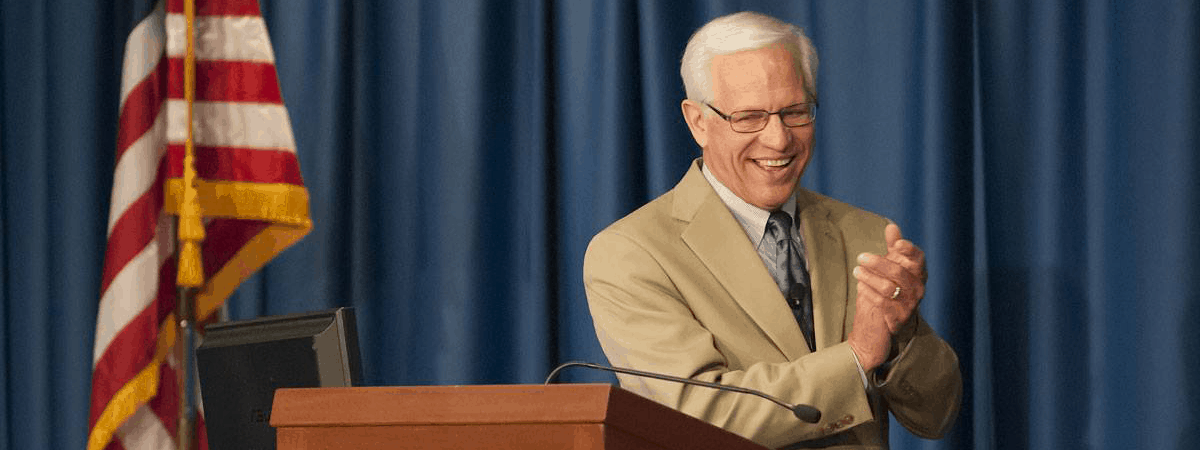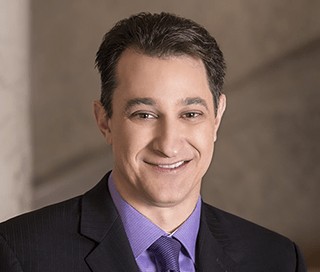



Former Boise State University President Bob Kustra says he can’t understand why Gov. Brad Little has decided to keep a lid on state spending even as the economy is growing. “Someone has left the control room of state government, and the autopilot is off course,” Kustra groaned in a recent column.
Though Kustra is confused, it doesn’t require much brain power to hazard a guess that thousands of fed up Idahoans are grateful for Little’s intervention, and not a moment too soon.
Specifically, consider the victims of Boise State’s abysmal results: The school’s graduation rate is about 19% in four years and 43% after six years. Thus, most of the students who attend BSU will see their money disappear into a blackhole, and they’ll leave college with little or nothing to show for their time or money. Rather than fixing this problem first, Kustra and his peers, who face the same problem, selfishly focus on increasing enrollment, fully aware that a majority of their schools’ freshmen students would see no benefit whatsoever from their attendance.
Then we have Idaho taxpayers. Most never realized until recently they were being used to fund radical social justice programs on Idaho’s college campuses. Kustra’s Boise State was a pioneer in the effort.
How about BSU’s existing community of students and staff? They’re being forced to live inside Kustra’s social justice experiment that now includes campus-sponsored segregationist graduations, the leftist fad of “inclusive” grading, “Tunnel of Oppression” events that promote victimhood, faculty programs on how all white people are racist, and grad student slots and hiring decisions based on race and gender. Students, in particular, are forced to pay for and enroll in goofy classes that do nothing more than indoctrinate and drown out independent thought.
And what of the aggrieved future taxpayers, students, and donors? Kustra managed to conclude his tenure with BSU repaying $287 million in debt — at a school whose total annual budget is around $574 million.
We must also discuss 15 years of students who saw their tuition go up each and every year of Kustra’s presidency—with the increases used to expand the campus overhead and bureaucracy, as well as fund the leftist-inspired programming.
Since 2005 (the earliest year for which comprehensive data are available), Boise State has seen a 16% increase in full-time enrollment. Yet, staff headcount has grown by 41%, the majority of that increase occurred in executive, managerial, and administrative positions.
Now let’s talk dollars: Expenses for instructional support, which includes expenses for central and executive-level management services, grew by 287%. Meanwhile, resources devoted to instruction increased 67%. Inflation during the same period was just 29%.
Kustra whines about an empty control room. But, one might argue that the control room has been vacant for many years, allowing people like Kustra to waste taxpayer and student money without any consequences or oversight. Credit the governor and his administration for being unwilling to settle for the status quo in higher education, for putting a rudder in the water, and for steering post secondary schools toward some needed leadership and accountability. Credit legislators for asking questions of late about what’s going on at BSU and other schools.
The proof that the ship is under new direction and that the control knobs and levers are fully manned are abundant: After at least four decades of non-stop tuition hikes, state university officials agreed to freeze tuition and fees for one year, possibly preempting the Legislature from doing it first. The proof is that the governor’s budget recommendation suggests a higher education budget increase of just half a percent.
For the first time in many years, a governor’s budget forces Idaho’s four-year schools to evaluate their priorities—what Little calls “a spending reset.” Boise State will need to decide: shall it fund the hiring of an awesome professor or a vice provost of diversity and inclusion? Maybe BSU will even find a better use for the $77,000 a year it pays Kustra to host a 30-minute weekly radio show.

